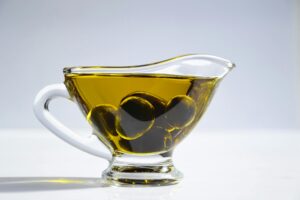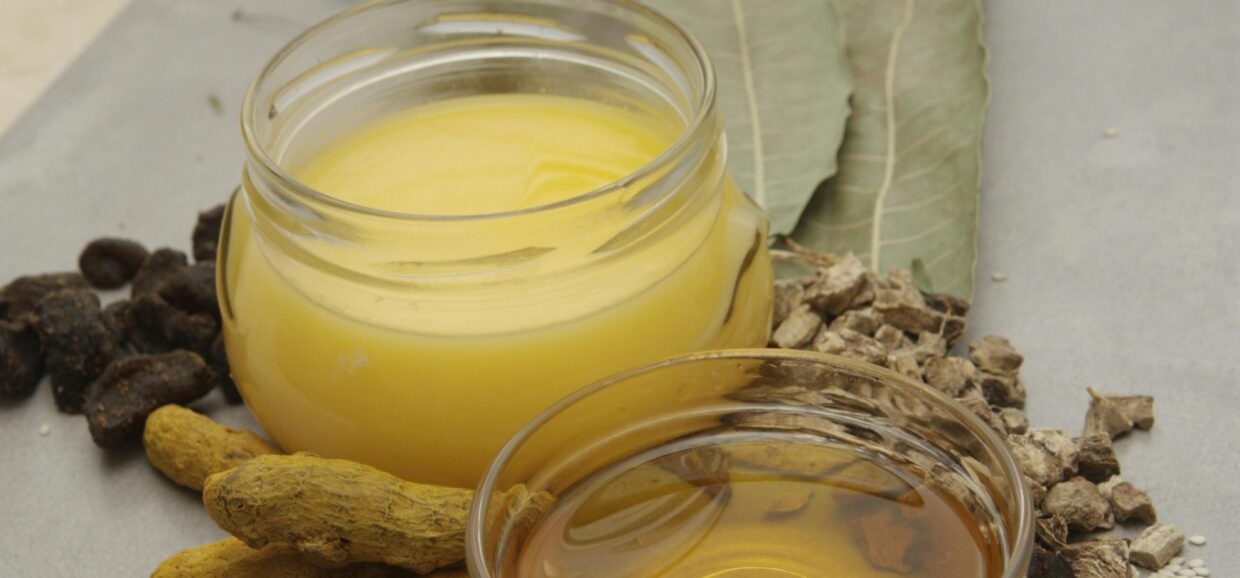Cooking oils are an essential part of every kitchen, playing a crucial role in flavor, texture, and nutrition. With so many different types of oils available, it can be challenging to know which one to use for different cooking methods and dishes. In this guide, we’ll explore various cooking oils, their benefits, and the best ways to use them in your culinary creations.
Understanding Cooking Oils: Smoke Point, Flavor, and Health Benefits
When selecting a cooking oil, three key factors to consider are smoke point, flavor profile, and nutritional benefits:
- Smoke Point: The temperature at which an oil starts to burn and produce smoke. High-smoke-point oils are ideal for frying, while low-smoke-point oils are better suited for dressings and low-heat cooking.
- Flavor Profile: Some oils have a neutral taste, making them versatile for various dishes, while others have a distinct flavor that can enhance specific cuisines.
- Nutritional Benefits: Different oils contain varying amounts of healthy fats, antioxidants, and vitamins that can impact overall health.
Types of Cooking Oils and Their Best Uses
1. Olive Oil
- Types: Extra virgin, virgin, light, refined
- Smoke Point: 160°C – 210°C (320°F – 410°F)
- Best For: Salads, sautéing, roasting, dipping
- Benefits: Rich in healthy monounsaturated fats, antioxidants, and anti-inflammatory properties
- Avoid: Deep frying due to its lower smoke point
- Pro Tip: Extra virgin olive oil is best for raw applications like dressings, while light olive oil is better for cooking.

2. Vegetable Oil
- Types: Usually a blend of soybean, canola, sunflower, or corn oil
- Smoke Point: 205°C – 230°C (400°F – 450°F)
- Best For: Frying, baking, stir-frying
- Benefits: Neutral flavor and high smoke point; widely available and affordable
- Avoid: Highly processed varieties may contain trans fats and additives

3. Canola Oil
- Smoke Point: 200°C – 230°C (400°F – 450°F)
- Best For: Frying, baking, grilling, marinades
- Benefits: Low in saturated fat, high in omega-3 and omega-6 fatty acids
- Avoid: Overuse, as too much omega-6 can contribute to inflammation

4. Coconut Oil
- Types: Virgin, refined
- Smoke Point: 175°C – 200°C (350°F – 400°F)
- Best For: Baking, sautéing, curries, tropical dishes
- Benefits: Contains medium-chain triglycerides (MCTs) for quick energy, has antimicrobial properties
- Avoid: If managing cholesterol, as it is high in saturated fat

5. Avocado Oil
- Smoke Point: 190°C – 270°C (375°F – 520°F)
- Best For: High-heat cooking, grilling, roasting, salads
- Benefits: High in monounsaturated fats; mild buttery flavor; supports heart health
- Avoid: If looking for a budget-friendly option (can be expensive)

6. Sunflower Oil
- Smoke Point: 225°C – 245°C (440°F – 470°F)
- Best For: Frying, roasting, stir-frying
- Benefits: High in vitamin E, neutral taste
- Avoid: Excessive consumption due to high omega-6 content

7. Sesame Oil
- Types: Light, toasted
- Smoke Point: 175°C – 210°C (350°F – 410°F)
- Best For: Asian cuisine, stir-frying, drizzling over dishes
- Benefits: Rich in antioxidants and adds a nutty aroma
- Avoid: Using toasted sesame oil for frying (best as a finishing oil)
8. Peanut Oil
- Smoke Point: 230°C – 235°C (450°F – 455°F)
- Best For: Deep frying, stir-frying, Asian and Southern cuisine
- Benefits: Mild flavor; withstands high temperatures; high in monounsaturated fats
- Avoid: If you or your guests have peanut allergies

9. Grapeseed Oil
- Smoke Point: 215°C (420°F)
- Best For: Sautéing, frying, dressings
- Benefits: Light flavor; contains polyunsaturated fats and vitamin E
- Avoid: If looking for a less processed oil
10. Flaxseed Oil
- Smoke Point: 107°C (225°F)
- Best For: Salad dressings, smoothies, drizzling over cooked foods
- Benefits: High in omega-3 fatty acids, great for heart and brain health
- Avoid: Cooking with heat as it has a very low smoke point
Best Cooking Oil for Each Cooking Method
| Cooking Method | Recommended Oils |
|---|---|
| Deep Frying | Peanut, Vegetable, Sunflower, Canola |
| Stir-Frying | Sesame, Peanut, Avocado, Canola |
| Baking | Butter, Coconut, Canola, Olive (light) |
| Sautéing | Olive, Avocado, Grapeseed, Coconut |
| Roasting | Avocado, Olive, Sunflower, Canola |
| Salad Dressings | Extra Virgin Olive, Flaxseed, Sesame (toasted) |
| Drizzling/Finishing | Sesame (toasted), Olive (extra virgin), Flaxseed |
How to Store Cooking Oils Properly
To keep your oils fresh and extend their shelf life, follow these storage tips:
- Store oils in a cool, dark place away from direct sunlight.
- Use airtight containers to prevent oxidation.
- Refrigerate oils, such as flaxseed or walnut oil, with a short shelf life.
- Check for rancidity by smelling the oil; a sour or off-putting odor indicates spoilage.
- Avoid keeping oils near heat sources like stoves, as heat can speed up deterioration.
Health Considerations When Choosing Cooking Oils
- Heart Health: Oils high in monounsaturated fats (olive, avocado, canola) support cardiovascular health.
- Brain Function: Omega-3-rich oils like flaxseed and walnut oil may improve cognitive function.
- Inflammation: Excessive consumption of omega-6-rich oils (sunflower, vegetable) may contribute to inflammation.
- Weight Management: Oils high in MCTs (coconut oil) may aid metabolism, but should be used in moderation.
Conclusion
Understanding different cooking oils and their best uses can elevate your cooking and improve the nutritional quality of your meals. Whether you’re frying, baking, or making a salad dressing, selecting the right oil can enhance both the flavor and health benefits of your dish. Experiment with different oils and discover what works best for your culinary needs!





